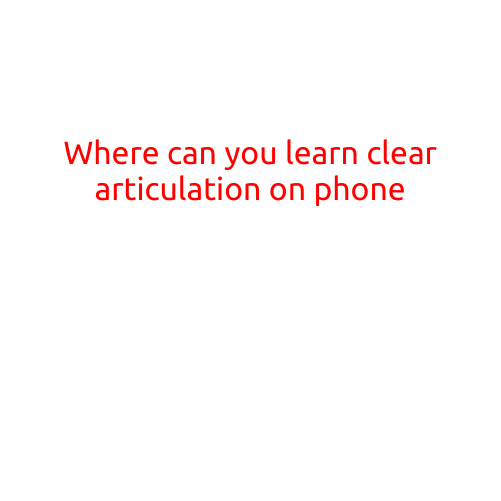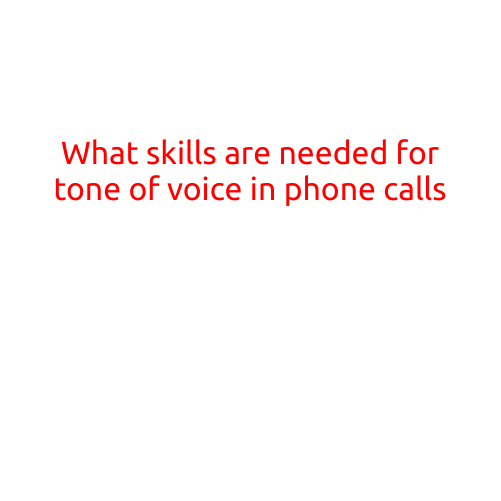
What are the Common Mistakes in Speaking Clearly Under Pressure?
When it comes to public speaking, most people prepare thoroughly to deliver a seamless presentation or speech. However, it’s not uncommon to feel nervous or anxious in the midst of an important presentation, meeting, or interview. This is where speaking clearly under pressure comes in. But, even with months of preparation, many people struggle to articulate their thoughts clearly in high-pressure situations. In this article, we’ll explore some of the common mistakes people make when speaking clearly under pressure and provide tips to overcome them.
Mistake #1: Rushing Through the Content
When under pressure, it’s easy to rush through the content, fearing that you won’t finish on time. However, this often leads to jumbled words, skipping important points, and neglecting key details. To avoid this mistake, practice your presentation several times to develop a sense of timing and pacing. Identify the most critical points you need to convey and focus on delivering those clearly and confidently.
Mistake #2: Not Preparing for Common Questions
When put under pressure, you may not be prepared to answer unexpected questions or follow-up inquiries. To combat this, anticipate common questions related to your topic and prepare thoughtful responses. Practice answering these questions confidently and concisely, ensuring you stay calm and composed.
Mistake #3: Glossing Over Key Points
Under pressure, it’s easy to gloss over important details or key points, fearing that you won’t have time to elaborate. However, this can lead to confusion and misunderstandings. To avoid this mistake, focus on key takeaways and prioritize delivering those succinctly. Use visual aids or props to reinforce your message, making it easier for your audience to understand and retain.
Mistake #4: Failing to Engage with the Audience
When under pressure, it’s tempting to focus solely on the content, neglecting to engage with the audience. However, audience participation and engagement are crucial for effective communication. Use open-ended questions, encourage feedback, and make eye contact to foster a sense of connection and participation.
Mistake #5: Not Using Pause and Breath
Under pressure, it’s common to rush through your words without pausing or taking a deep breath. However, these breaks are essential for collecting your thoughts, regrouping, and projecting confidence. Practice using pauses to emphasize key points, emphasize key phrases, or take a moment to collect your thoughts.
Mistake #6: Being Overly Self-Conscious
When speaking under pressure, it’s easy to become overly self-conscious, focusing on how you appear rather than the message. However, this can lead to excessive filler words (“um,” “ah”), fidgeting, or avoiding eye contact. Practice mindfulness and focus on your message, rather than your performance.
Mistake #7: Not Practicing Authenticity
Under pressure, it’s easy to adopt a scripted, rehearsed tone rather than speaking authentically. However, audiences can usually tell when you’re not being genuine. Practice speaking naturally and sincerely, using your own words and tone to convey confidence and conviction.
Wrapping Up
Speaking clearly under pressure is a skill that requires preparation, practice, and intention. By recognizing and avoiding common mistakes, you’ll be better equipped to deliver a confident, articulate, and effective presentation or speech. Remember to focus on key points, prepare for common questions, and engage with your audience. With time and practice, you’ll become more comfortable speaking clearly under pressure, even in the most intense situations.





